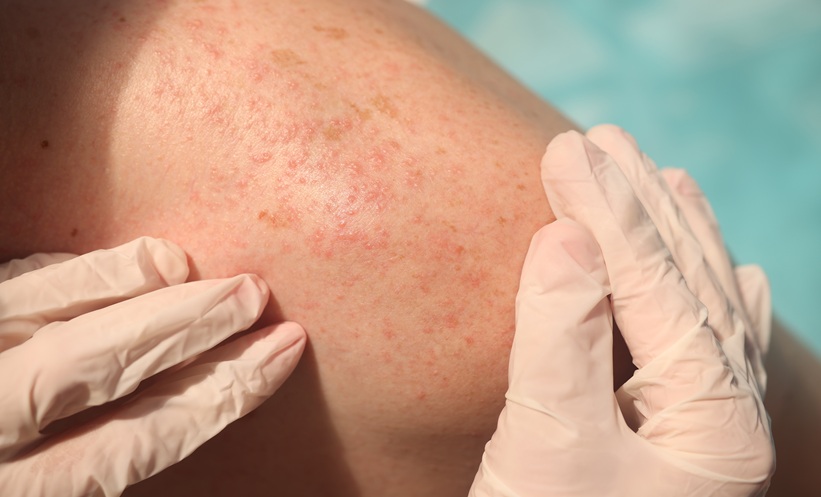ARTIFICIAL intelligence (AI) has been shown to provide more accurate answers to dermatological questions than traditional search engines, according to new research. Online searches regarding medical queries have historically led to the spread of misinformation among patients.
“Patients with alopecia areata (AA) turn to many sources to learn about their condition,” commented Ross O’Hagan, Icahn School of Medicine at Mount Sinai, New York, USA. As a result, the increased use of AI, such as ChatGPT (OpenAI, San Francisco, California, USA) was initially considered cause for concern amongst medical communities, with many believing it would only exacerbate the problem of misinformation; however, new insights show that ChatGPT often provides accurate information.
In order to assess the quality of AI programmes, researchers trialled the software by inputting 25 questions about common concerns from patients with AA into ChatGPT 3.5 and ChatGPT 4.0. Multiple dermatologists in an academic centre evaluated the results for appropriateness and accuracy.
The experts rated ChatGPT’s responses a 4.41 out of 5 for accuracy, with ChatGPT 4.0 performing better than ChatGPT 3.5 (mean score: 4.53 versus 4.29). All the responses to general questions were considered appropriate for patient interface; however, only 96% were considered appropriate for an electronic health record response draft. For questions about diagnosis, management, and psychosocial issues, 100%, 91%, and 89%, respectively, of the ChatGPT responses were considered appropriate for patient interface, whereas 94%, 79%, and 89%, respectively, were considered appropriate for electronic health records.
The research team concluded that both models of ChatGPT may prove useful when answering patient questions, and that AI may become a valuable tool for dermatology in the future. “While not all answers are accurate and appropriate, and therefore not ready to be employed as a reliable patient resource, it seems likely that there will be progressive adoption of the models in public and clinical use as the models continue to improve,” added O’Hagan and team.








